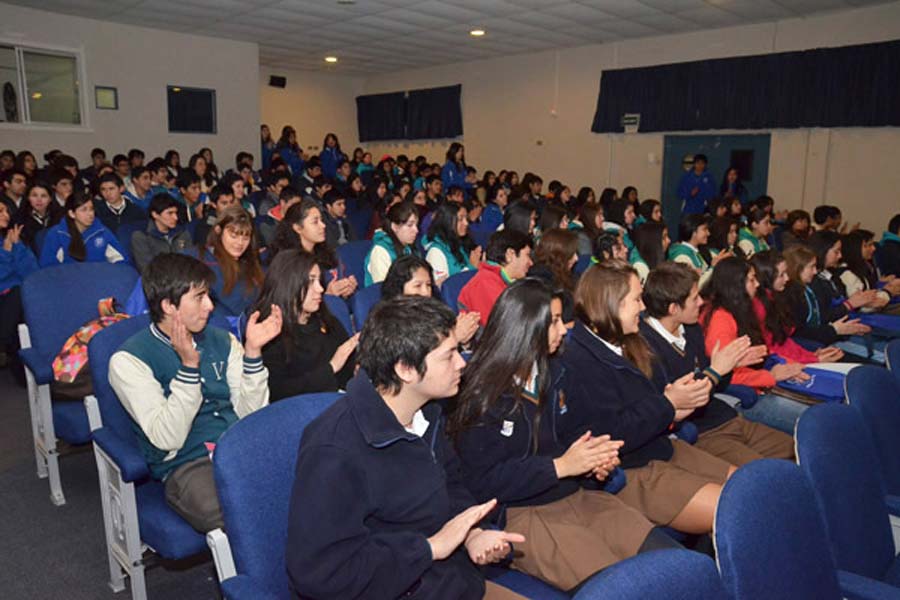|
250 schools from Arica to Punta Arenas will be assessed between August 20th and September 7th and the Institute will be responsible for the application of the seventh version of PISA. |
The Programme for International Student Assessment (PISA) is a triennial international survey which was created by the Organization for Economic Co-operation and Development (OECD) in the year 2000 and aims to evaluate education systems worldwide by testing the skills and knowledge of 15-year-old students in the fields of science, mathematics and reading. This year, about 82 countries are participating and receive an opportunity to compare their students´ performance on a global scale and to improve their own education systems both in comparison to other countries, and in relation to previous results. In Chile, the authority in charge of the Program is the Chilean Education Quality Assurance Agency. “This is a survey that has consequences for education worldwide. This is why it is so important. Chile will apply the tests this year, and in 2019, we will have the results,” explained Dr. Enrique Hinostroza, the director of the UFRO Institute of Educational Computer Science (IIE). At the same time, this is a mayor challenge for the Institute, since it requires high operating and monitoring standards, and in this field the IIE has repeatedly shown its capabilities, which have been put to the test during the Education Quality Measurement System (SIMCE) tests in the south of Chile, the Diagnostic National Assessment for Initial Teacher Training in the whole country and the International Computer and Information Literacy Study (ICILS). “We have been part of a national tender and our previous experience was the crucial point that allowed us to take up this new challenge. During three weeks, children born between May 2002 and April 2003 will be tested in different educational establishments over the country. The first two weeks will be for the regular application of the tests and the third week will be for complementary applications for students who were not able to attend the first time," he adds. APPLICATION Not only students of scientific and humanistic establishments are considered, but also the ones for technical education, since the objective is to measure the capabilities of all 15-year old teenagers. All of them should have the same level of knowledge. “The assessment is applied to a nationally representative sample of students, which allows us to know the status of the Chilean education system as a whole. Unlike SIMCE, in which each student of each establishment gets tested, this test gives a national result. A total of ten thousand students will be assessed, also with participation of the parents, teachers, and principals, who will complete questionnaires that contain multiple sections,” he stated. The PISA tests are computer-based. The software can be uploaded to a removable device that will be connected to the schools´ computers, so the students will be able to answer the set of questions completely digitally. In order to ensure the success of the software, a team of 300 professionals, distributed from north to south, has been put together. They will be responsible for the application of the tests in each establishment. PISA tries to make a more systematic analysis of the factors that influence the educational results. Based on the results, the OECD publishes a series of articles, analyzing the results in order to identify a relation between what students have learned and their study habits, the teachers´ characteristics, educational establishments, etc. Written by: Lorena Espinoza
Vice-rectorate for Research and Graduate Studies |





